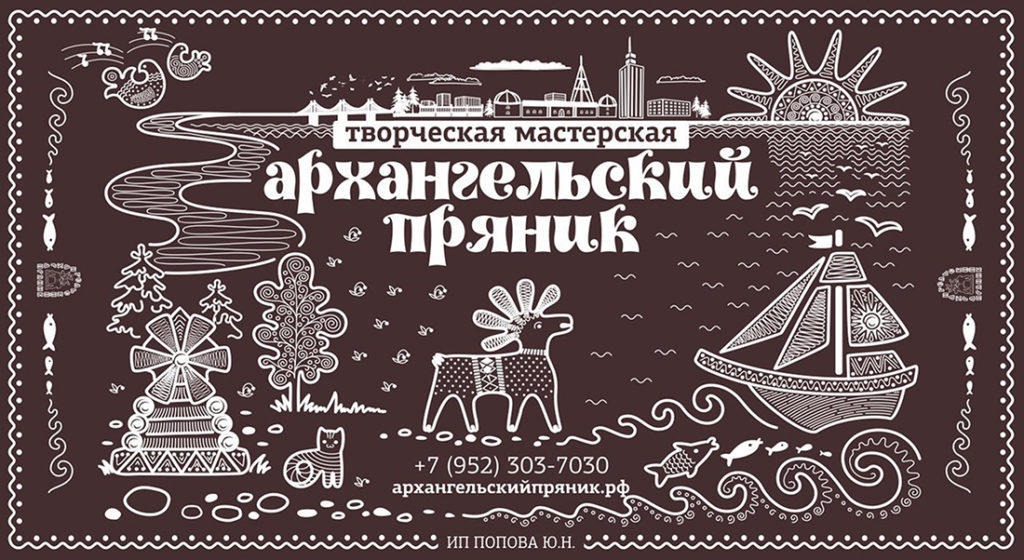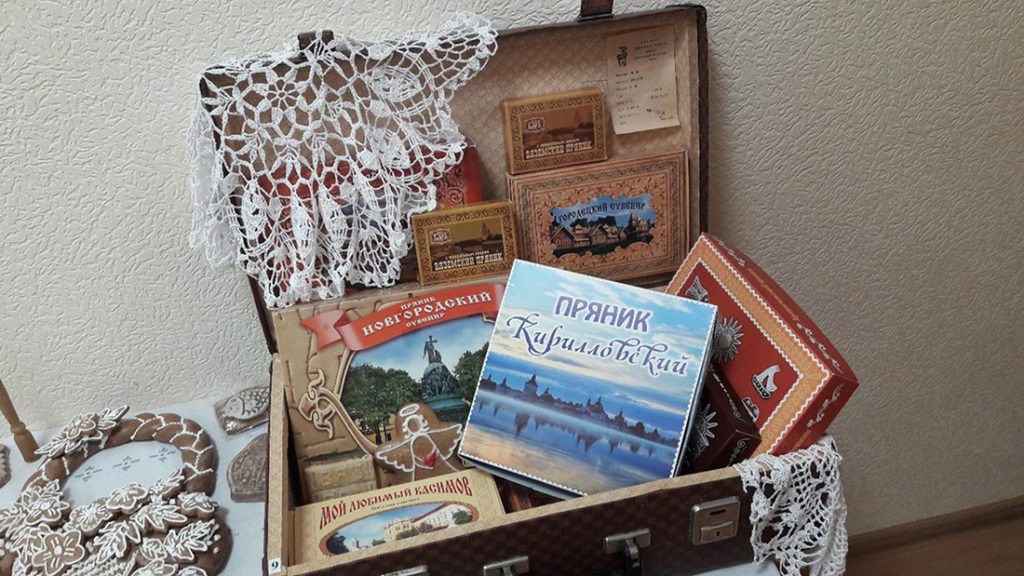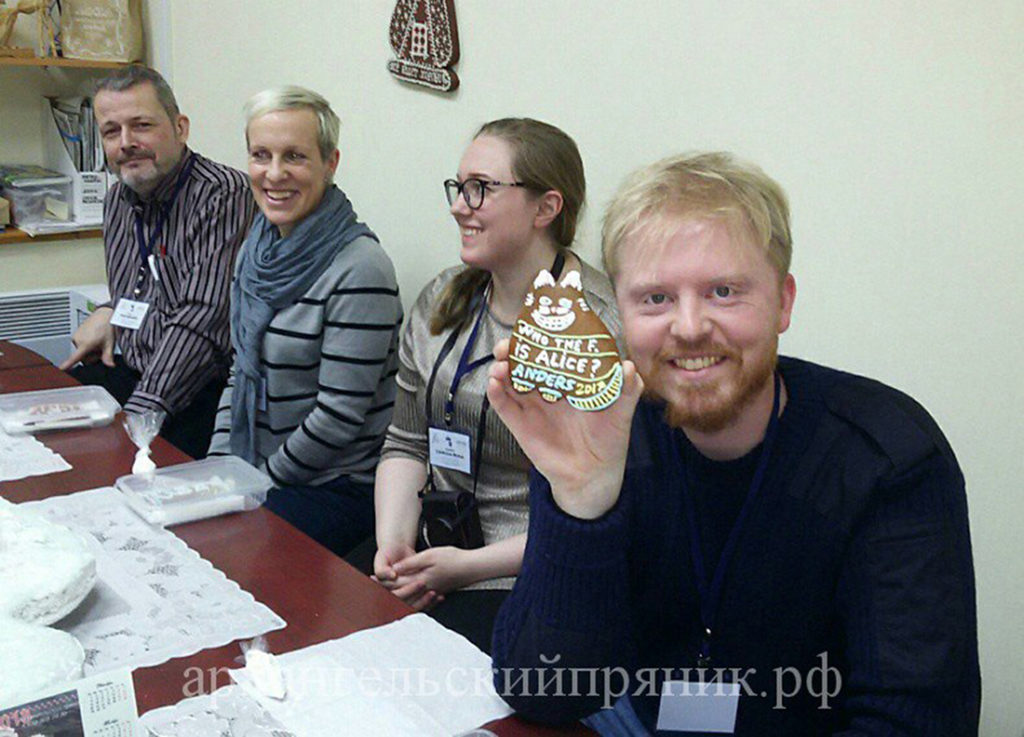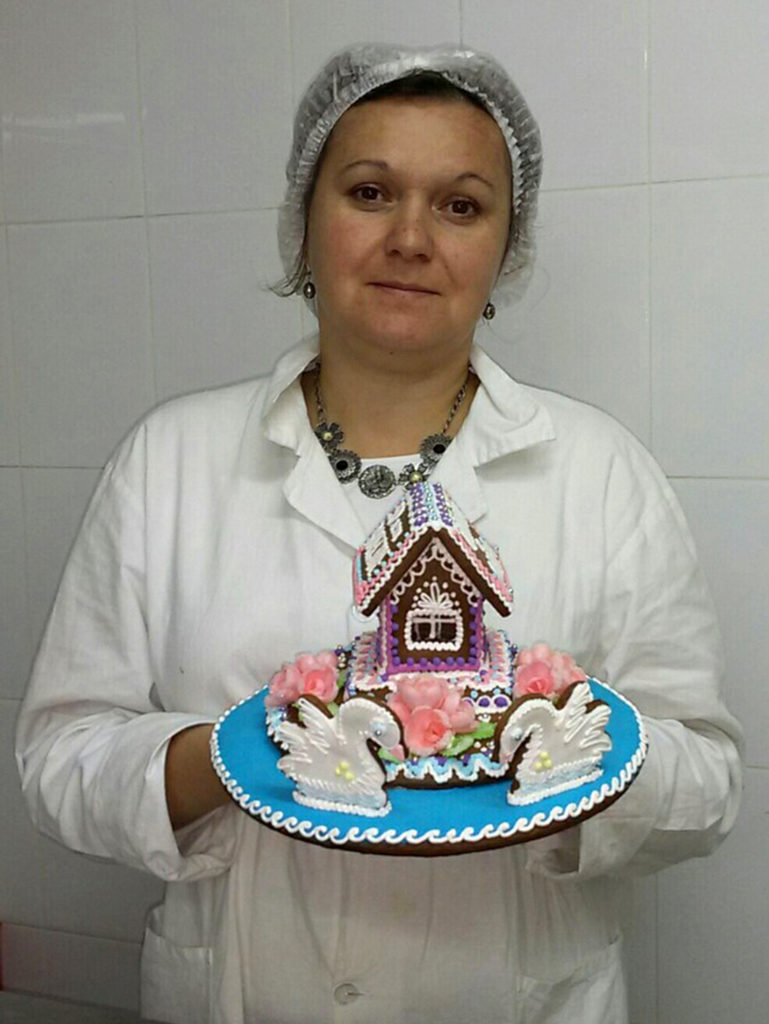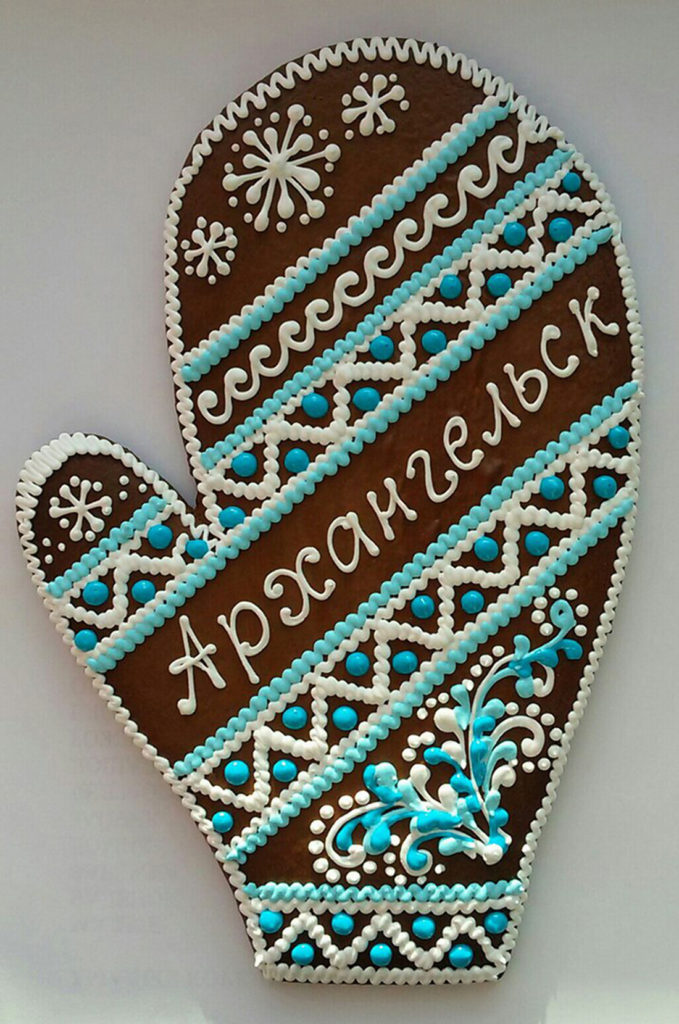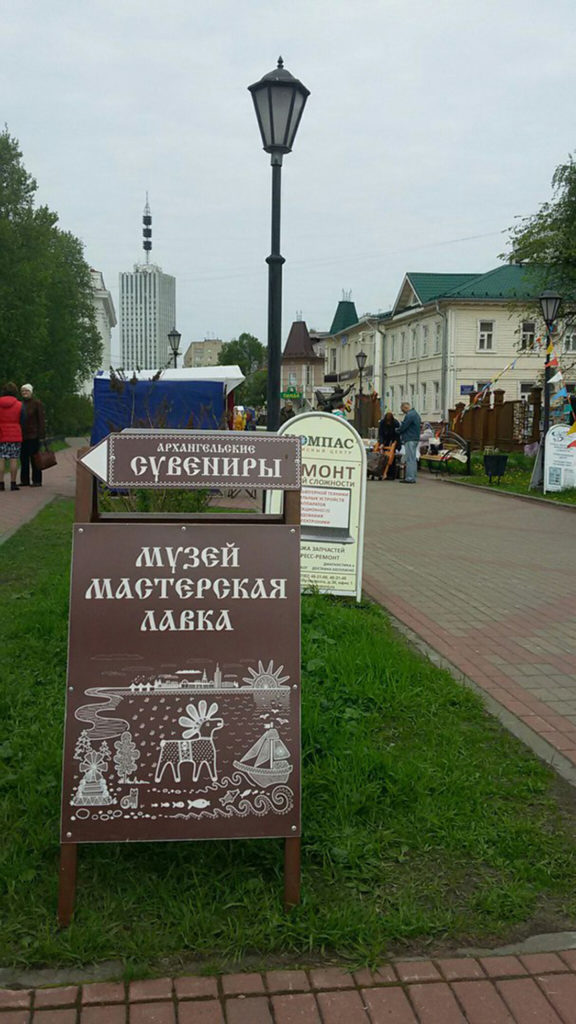The “Arkhangelsk Goat-Roe Gingerbread” museum
Arkhangelsk Oblast
Contact information
Arkhangelsk, Chumbarov-Luchinsky Avenue, 37
Tel: +7 (952) 303-70-30, +7 (911) 579-48-32
Operating hours
Daily from September to May
from 10:30 to 18:30
From June to August
from 10:00 to 19:00
Ticket price
Children – 150 rubles
Adults – 200 rubles
Children under the age of 5 – free
Founder of the museum
Yulia Nikolaevna Popova
Founded
2017
The “Arkhangelsk Goat-Roe Gingerbread” museum was opened on April 18, 2017. The date was not chosen by chance. The 18th of April is The Day of the Protection of Monuments and Historical Places. The owners of the museum are sure that the “Arkhangelsk Goat-Roe gingerbread” museum shows the historical and cultural heritage of the inhabitants of Pomerania and should be protected. In addition, the creators decided to showcase this gingerbread as a unique the product. It should be noted that the gingerbread museum in Arkhangelsk is a private initiative. It is conveniently located on the main Chumbarov-Luchinsky pedestrian avenue.
What exactly is the “Arkhangelsk Goat-Roe Gingerbread” museum?
For those who have not visited the Arkhangelsk guberniya, the word “goat-roe” sounds unusual. In the Russian north, everyone knows about “goat-roe” gingerbreads. On New year and Christmas eve in Arkhangelsk, there is a tradition of baking beautiful and silhouetted gingerbreads and then painting them. For visitors, the name “roe deer” means one of the favorite delicacies of the northerners.
There are several versions of the origin of the word “goat-roe”. The generally accepted version is its origin from the words “goat” or “roe deer”. Since ancient times, rye figures of deer, birds, sheep, and cows have been sculpted in Pomerania, and people could often find the sculpture of a goat, the symbol of fertility. The word “roe” in the Pomeranian dialect means «curl».
The “Arkhangelsk Gingerbread Goat-Roe” museum presents a collection of goats from the Tersky Coast. There are also Kargopol teters and Mezen twisted “goat-roe” gingerbreads made from rye dough. According to the museum owners’ plan, Kholmogorskiy “goat-roe” gingerbread should soon be recreated. Now it is presented only in photos in the museum. Kargopol teters, Mezen, and Kholmogorskiy goats belong to the ceremonial baking of the northerners. Nowadays they are practiced only by amateurs and don’t have much success as painted urban goat-roe gingerbread.
The museum shows how one type of baking gave way to another. This happened with the appearance and development of the urban area. The recipe for making gingerbread and its forms have changed. Professional bakers began to use flour, eggs, oil, and “dry perfume” (spices). New flat silhouette forms appeared but the idea of baking remained the same.
The production of Arkhangelsk goat-roe is primarily associated with Christmas. Previously, gingerbreads were baked for this holiday and for the New year, but weren’t eaten until the following year. This only made their taste better. This long shelf life primarily depended on the technology of preparing the dough. The base is burnt sugar, so the Arkhangelsk gingerbread is darker than others. The most difficult thing in baking gingerbread is the nominal preparation of the dough. Its main component is sugar syrup, which plays a special role. The color of the syrup depends on how the sugar is burned over the fire. The viscosity of the syrup is directly proportional to the volume of water added. In terms of consistency, the syrup should be similar to molasses or beer wort.
These and other peculiarities are described at the museum.
Despite its young age, the museum has already become famous among the citizens and guests of Arkhangelsk. One of the most popular areas of its activity is master classes on making “goat-roe” gingerbreads from rye dough and painting them. In the near future, the owners of the museum plan to develop an audio guide for visitors and to write a book about the “goat-roe” gingerbread for visually impaired people.
